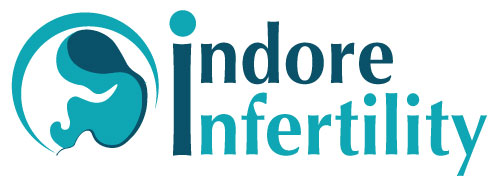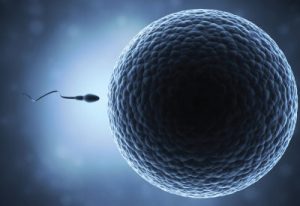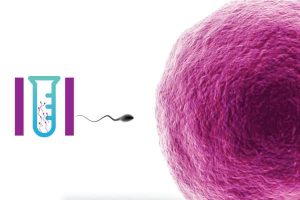
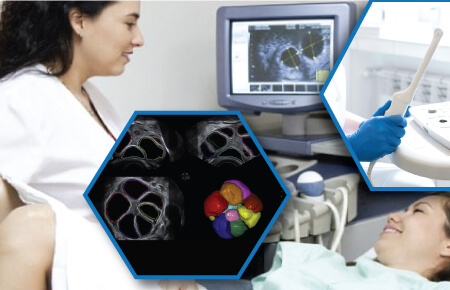
What is Follicular Monitoring?
The ovaries in women contain numerous eggs in immature form. In each menstrual cycle, some eggs are recruited under the effect of hormones, and they start growing in size. After few days of growth, there is usually just one of them that matures and eventually is released. This process of release of the mature egg is called ovulation.
When this whole process is assessed over a period of few days by means of sonography, it is called follicular monitoring or ovulation study.
Follicular Monitoring or Ovulation study is usually done between days 12-16 of the menstrual cycle. Day one is day the menses start. At times follicular study or monitoring may be commenced earlier or may finish later depending on the duration of menstrual cycles and regularity of ovulation.
Primarily follicular monitoring is advised to detect ovulation. On ultrasound the growing follicle is tracked and monitored serially. At some point of time, usually between Day 12-16 the follicle will become irregular and disappear indicating that ovulation has occurred. It is performed in the following conditions:
(a) To confirm that ovulation is occurring normally and for timed intercourse.
(b) To monitor the response of Ovarian Stimulation drugs during IUI, IVF/ICSI.
How is Follicular Monitoring done?
Ovulation study is best performed by transvaginal ultrasound. In some cases, abdominal USG can be performed but it is not optimal. Transvaginal ultrasound although inconvenient is more accurate and does not need a full bladder to be performed.
How much time does each follicular scan take?
A follicular scan usually takes 5-10 minutes.
How Often will I be called to clinic for Follicular Monitoring ?
Transvaginal Sonography may be done every day or every alternate day depending on the rate of growth of the follicle.
Alternatives: Urinary LH Kits: Easily available and easy to use but indicate LH surge not ovulation and at times may be wrong (3%) also costlier than Trans Vaginal Ultrasound. Blood test: Serum progesterone can be done but that indicates past ovulation and not eminent one and also the fact that it involves a needle and has cost implications.

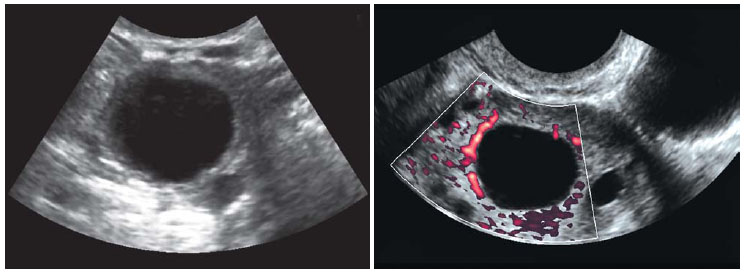
Is follicular monitoring test painful?
Follicular monitoring is preferably done by transvaginal sonography. In this, a sonography probe is introduced into the vagina to monitor the growth of ovarian follicles. It can cause some discomfort, but usually it is not painful.
Do I need to hold urine to get follicular monitoring test done?
No, you do not need to hold urine for a follicular monitoring. As it is done usually by transvaginal sonography, it is required that you pass urine and empty your bladder before the sonography. Only if an abdominal sonography is needed due to any reason, you might be asked to hold urine.
Can I eat something before follicular monitoring test? Is it a fasting test?
Yes, you can eat before follicular monitoring. No, it is not a fasting test.
When is follicular monitoring test advised ?
Follicular monitoring is done to check for the growth of follicles in your ovaries. It is done in following cases:
- To check for ovulation – with or without any treatment.
- In cases of ovulation induction – to look for response to treatment.
- Ovarian stimulation in IVF cycles – to observe the response of stimulation and to select the right time for oocyte pickup.
- To plan IUI or timed intercourse.
What is the role of ultrasound in follicular monitoring?
Follicular monitoring is the assessment of ovarian follicle development over days to observe their growth and development during a woman’s menstrual cycle. It is done by ultrasonography. The size of follicles in the ovaries are checked at each scan and noted down on a chart to observe their growth.
What are the normal follicle sizes during follicular monitoring?
During a menstrual cycle the follicles are found to be of these sizes usually:
- Day 1-5: multiple small follicles can be seen, size 6-8mm
- Day 6-7: at least one dominant follicle is seen around 10mm in size
- Day 8-12: the dominant follicle grows in size (2-3mm each day) reaching around 20mm by 11-12th day
- Day 12-16: the mature dominant follicle is ruptured and its shell remaining in the ovary is seen, called the corpus luteum.
How often should follicular monitoring be performed during a cycle?
Follicular monitoring can be performed several times during a cycle. Following days are important for sonography:
- Between day 2-6 – to look for the antral follicle count, look for any cysts in the ovaries.
- Day 11/12 – to look for the growth of dominant follicle.
- Between day 12-16 – to look for the maturation and rupture of the dominant follicle.
Sometimes if ovulation is not seen till 16th day, follicular monitoring can be extended for 1-2 days more to observe for the rupture of the dominant follicle.
Is there a difference in follicular monitoring result if patient has taken fertility inducing medication?
If the patient has taken any fertility inducing medication, more than one follicle can be seen developing due to the effect of medication. However, there is no difference in the process of monitoring.
What is the significance of follicular size and growth rate?
The follicles which grow at a good rate and are correlating well with the day of menstrual cycle, i.e. their size is around the same which is expected according to the day of the scan, they generally grow into good quality oocytes. Slow growing follicles on the other hand may not turn into good quality eggs later.
How does follicular monitoring help in fertility treatment?
Follicular monitoring helps keep track of the treatment response in fertility treatment in women. It helps in the following:
- Deciding the day for procedures like IUI, ovum pickup.
- It helps in adjusting the dose of certain medications when undergoing IVF or ovulation induction.
- It helps in predicting the possible outcomes in ovulation induction and IVF.
- It helps in predicting the risks like OHSS (ovarian hyperstimulation syndrome) in IVF cycles.
- It helps in selecting the embryo transfer day in natural cycle frozen embryo transfer.
How Often will I be called for follicular monitoring ultrasound?
Transvaginal Sonography may be done every day or every alternate day depending on the rate of growth of the follicle.
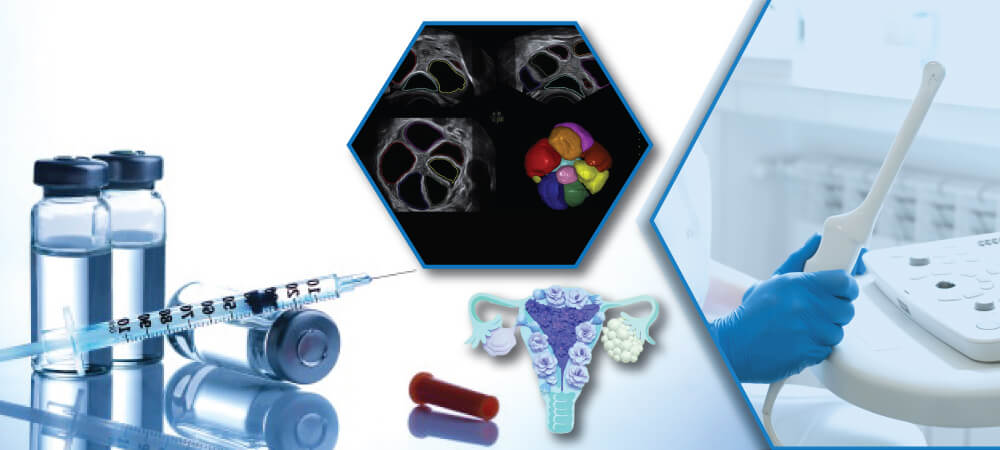
Are there any alternatives to follicular monitoring through ultrasound? Can I use LH kit instead?
Follicular monitoring is a reliable method of checking ovulation.
Alternatives:
- Urinary LH Kits: Easily available and easy to use but indicate LH surge not ovulation and at times may be wrong (3%) also costlier than Trans Vaginal Ultrasound.
- Blood test: Serum progesterone can be done but that indicates past ovulation and not eminent one and also the fact that it involves a needle and has cost implications.
Does frequency of follicular monitoring change based on IUI or IVF?
Yes, the frequency of follicular monitoring can be changed based on the kind of ovarian stimulation given and the treatment planned.
Is it important to get a Transvaginal scan or TVS only for follicular monitoring? Can an abdominal scan be done instead?
A transvaginal scan is best for follicle monitoring, as it gives a very clear view of the ovaries. In cases where due to any reason transvaginal sonography cannot be done, an abdominal scan can be done instead, but it does not give the examiner similar view as a TVS.
Is it important to get the follicular monitoring done on the same time of the day always?
It is not compulsory to get the follicular monitoring scan to be done at the same time. Only important thing is to get it done on the same day as advised.
What will be reported at the end of Follicular Monitoring?
The following are reported at the end of Follicular Monitoring:
- Number of growing follicles in each ovary
- Rate of growth of follicles
- Whether ovulation is taking place or not
- Endometrial Thickness during various stages of the cycle
What is the Cost of Follicular Monitoring or Ovulation Study ?
The cost of follicular monitoring is variable in different parts of the country, ranging between 800-2000 per session. This includes multiple transvaginal scan until the follicle ruptures.
Please refer the following Quick Reference Chart for knowing the cost of Follicle Study or Ovulation Study procedure:
Cost of TreatmentYou might want to read
